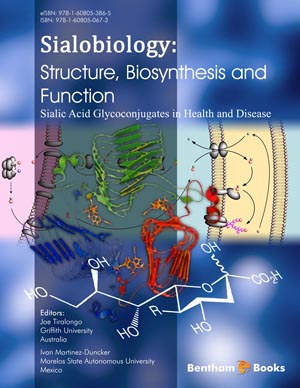Abstract
SHS investigation development is considered from the geographical and historical viewpoint. 3 stages are described. Within Stage 1 the work was carried out in the Department of the Institute of Chemical Physics in Chernogolovka where the scientific discovery had been made. At Stage 2 the interest to SHS arose in different cities and towns of the former USSR. Within Stage 3 SHS entered the international scene. Now SHS processes and products are being studied in more than 50 countries.
Abstract
Sialic acids (Sia) play major roles in glycan-mediated recognition/interaction processes, which are mediated by various intrinsic and extrinsic sialic acid-binding proteins. Cells therefore require fine-tuned mechanisms to regulate cell-surface expression of sialoglycoconjugates. In mammalian cells, there are 4 distinct sialidases, termed NEU1, NEU2, NEU3 and NEU4, involved in the removal of sialic acid residues from glycoconjugates; they play pivotal roles in diverse biological processes. In this chapter we summarize our current knowledge on mammalian sialidases.
Keywords:
Sialidases, neuraminidases, NEU1, NEU2, NEU3, NEU4, mammalian, sialic acid catabolism, 4-methylumbelliferyl neuraminic acid, sialidase subcellular localizations.
Recommended Chapters
We recommend

Authors:Bentham Science Books


 Download PDF Flyer
Download PDF Flyer



